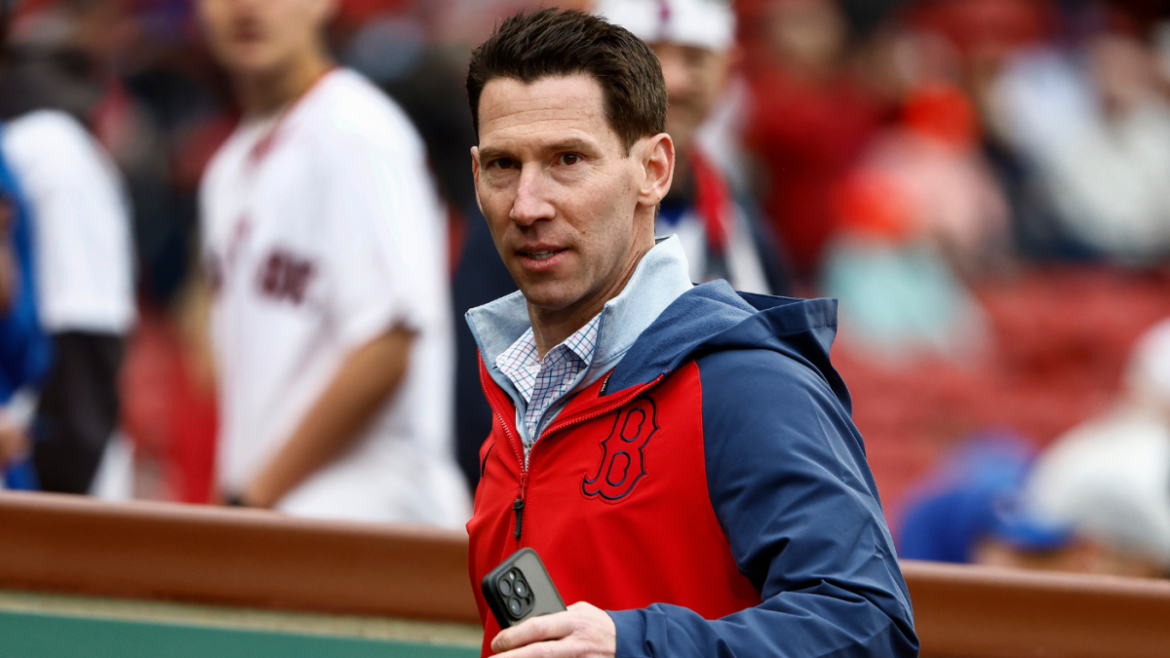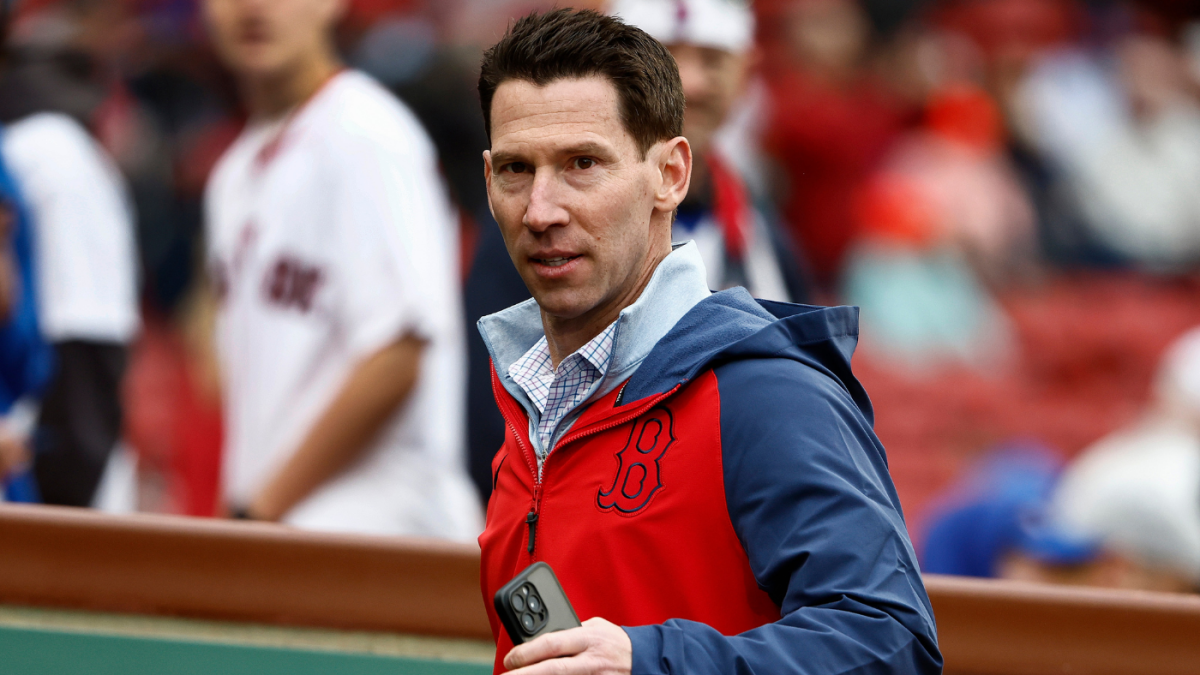The recent trade of Rafael Devers from the Boston Red Sox to the San Francisco Giants has sent ripples throughout Major League Baseball, eliciting strong reactions and revealing deep organizational challenges within the Red Sox front office. This multifaceted event not only reconfigures team roster dynamics but also uncovers strained relationships, strategic discord, and questions about leadership decisions. Exploring the background, rationale, reactions, and future implications of this trade offers a comprehensive understanding of a pivotal moment in the Red Sox franchise and the wider MLB landscape.
Background and Context of the Trade
Rafael Devers, a star slugger and cornerstone hitter for the Red Sox, was dealt to the Giants in what has been described as the most shocking trade of the season. Devers, 28 years old at the time of the trade, carries significant value, both statistically and financially, with a multi-year contract extending through 2033 that includes high annual salaries. The decision to trade such a productive player midseason, shortly after Boston’s sweep of the Yankees and during the team’s strong performance run, stunned fans and analysts alike.
The trade came amid prolonged tension between Devers and the Red Sox front office, particularly Chief Baseball Officer Craig Breslow. Documentation suggests that poor communication and unclear messaging around Devers’ positional role on the team contributed to a deteriorating relationship. While the player preferred to continue at third base—the position where he’s excelled—the front office contemplated moving him to first base, a proposition Devers met with resistance. This impasse was compounded by mixed signals regarding roster alignments, including the acquisition plans for other veteran players like Alex Bregman.
Organizational Dynamics and Communication Failures
One of the most critical revelations from the trade fallout centers on the dysfunctional communication within the Red Sox front office. Breslow publicly acknowledged shortcomings in how the team managed discussions with Devers, calling criticism of the communication “totally fair.” Insiders go further, describing Breslow’s handling of player relations as a “rotten job,” emphasizing the missed opportunity to sustain a positive and transparent dialogue that might have preserved both the relationship and the player’s contributions.
The strain extended beyond just Breslow; team president Sam Kennedy also became involved in addressing the trade publicly. Both executives attempted to justify the decision as strategic, hinting that the team might even perform better without Devers, though this claim has been met with skepticism and confusion by fans and commentators. The transactional nature of the trade overshadowed any narrative of alignment and cohesion, revealing deeper organizational fractures that extend beyond the Devers case.
Trade Implications: Strategic and Roster Considerations
From a strategic standpoint, the Red Sox sought to balance roster needs by acquiring a four-player package in exchange for Devers, aiming to bolster the lineup with established right-handed hitters and other assets. However, the midseason shift raised multiple roster questions, particularly about who would assume the offensive production void left by Devers and how positional adjustments would unfold moving forward.
Interestingly, despite the trade, Red Sox manager Alex Cora insisted that Devers would not have been asked to play the infield in 2025, underscoring contradictions between public statements and internal planning. The uncertainty continues to fuel debate over the realism and coherence of the front office’s approach to roster construction.
Conversely, the Giants saw the trade as a strong acquisition, with executives including Buster Posey describing Devers’ bat as “special” and difficult to find on the market. The timing aligned with their competitive aspirations and provided a significant upgrade to their lineup.
Fan and Analyst Reactions: Shock, Confusion, and Criticism
The trade has been met with mixed but predominantly critical responses. Fans express confusion and frustration over the rationale of trading a top talent at a point when the team was gaining momentum. Analysts critique the team’s strategic decisions, highlighting how relational breakdowns between management and player have amplified the chaos.
Media coverage frames the Red Sox front office as chaotic and conflicted, with some reports suggesting that this move has only aggravated internal turmoil. The suddenness of the trade and the way it unfolded—amid lingering drama dating back to spring training—added to the sense of disarray and unpredictability surrounding the team’s decision-making processes.
What Lies Ahead for the Red Sox and Devers
Looking forward, the Red Sox face significant challenges in maintaining competitive performance while working to rebuild cohesion and trust within the organization. The departure of Devers leaves a notable offensive gap, prompting questions about future acquisitions, player development, and leadership strategy. The team’s ability to navigate roster adjustments and mend fractured relationships will be critical in determining whether they can rebound effectively.
For Devers, the trade offers a fresh start with the Giants, where his role appears more clearly defined and valued. However, the circumstances that led to this move will likely resonate as a cautionary tale of how communication and front office-player alignment can profoundly influence outcomes, on and off the field.
—
Conclusion: A Turning Point Marked by Complexity and Contradiction
The Rafael Devers trade transcends a simple transaction—it exposes the complex interplay of talent management, communication breakdowns, and leadership challenges in modern baseball. While the Red Sox sought to recalibrate their roster, the human and organizational costs have become painfully apparent. As the dust settles, this event stands as a vivid reminder that behind every headline trade lies a nuanced story of interpersonal dynamics and strategic gambits, shaping the future fortunes of teams and players alike. The Red Sox now face the dual task of forging a new identity without their star slugger and restoring confidence within their ranks to compete at the highest level once again.





